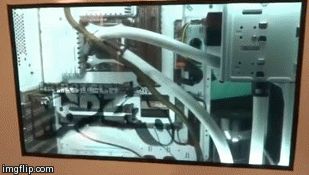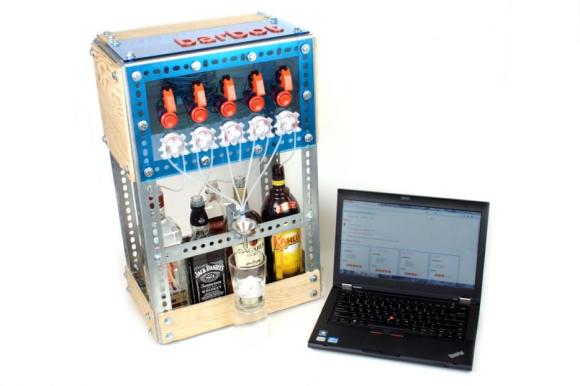
[Darcy] has a bit of a love affair with cardboard. What started out as a simple way to mail things cheaper by making custom sized boxes has turned into the full-blown art of box making.
He originally started by making the boxes by hand, but after he got suitably adept at it, he quickly refined his craft by adding in some technology. He now designs the boxes in SketchUp and then uses a home-made CNC router to cut and score the cardboard into even fancier styles. His blog has a whole slew of his cardboard box designs and it’s actually pretty cool to see what he’s come up with. He also has a bunch of tips for making your own, so if you’re one of those lucky hackers who can sell the things they make, it’s definitely worth a look! If you’re not selling anything perhaps a cardboard lamp shade is more for you?
To see a video example of one of his CNC cut boxes, stick around after the break. Now all he needs to do is design an automatic box folding machine!
















